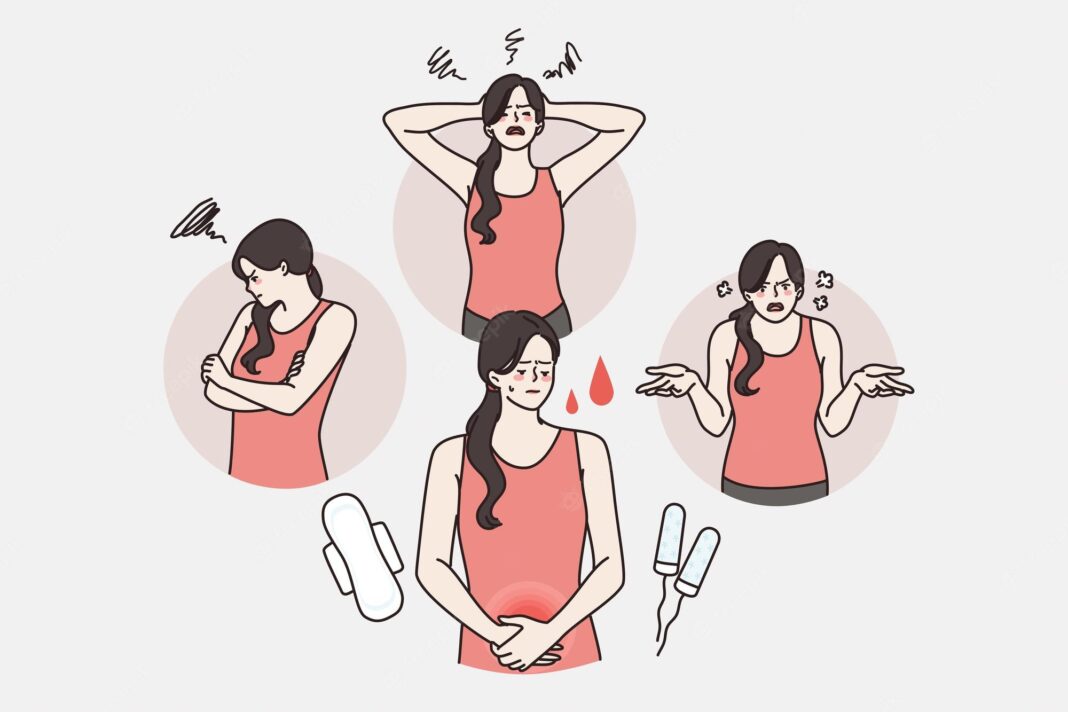Premenstrual syndrome, or PMS, has become a joke. Men use it as a derogatory term. Women use it as a term of apology. But when is PMS?
Premenstrual syndrome
PMS are the set of symptoms that set in before the periods, on account of the hormonal changes that are occurring the body. The symptoms include bloating, headaches, mood changes etc.
However, there is a more severe form of PMS, premenstrual dysmorphic disorder, PMDD, that leads to even more serious symptoms that set in a week or two before the onset of periods.
These symptoms can be extremely debilitating, causing anxiety and depression that interfere with the daily lives of women. PMDD is a serious ailment that then requires the help of gynecologist doctor in Lahore to manage.
Symptoms of PMDD
The symptoms of PMDD begin before the periods and can continue for days into periods. Following are the symptom of PMDD:
Physical symptoms
PMDD cause difficulty sleeping or insomnia, changes in diet, cravings for certain foods, issues with weight due to fluid retention, fatigue around the body so much so that it disrupts daily routine to, edema in the ankles and feet.
Other physical symptoms of PMDD include tenderness in the breast, backache, digestive issues like nausea, vomiting, constipation, bloating.
It can also cause the surge of skin problem like acne, inflammation in the skin becoming worse, and at times, vision issues as well. Furthermore, PMDD can also cause increase in instances of infections. It can also cause women to become disoriented, faint, and get headaches.
Premenstrual dysmorphic disorder also can cause spams in the muscles, lowered libido, and hot flashes.
Psychological symptoms
Perhaps even more salient are the psychological problems that tend to accompany the disorder. The depression and anxiety caused during this period is extremely severe. It can also cause women to get drastic mood swings as well.
PMDD also causes women to feel more anger. They tend to lose control of their emotions. Alongside irritation and concentration issues, it can also cause women to become more sensitive.
There are also instances of nervousness, disorientation, self-image problems, crying and similar mental health problems that tend to also accompany PMDD.
Diagnosis of PMDD
In the process of diagnosis, your doctor will take a note of your symptoms alongside conducting a physical exam. They will also ask you to keep a track of your symptoms for months, so that a pattern can be established.
If you have at least five of the more important symptoms that include sadness, depression, anxiety, anger, mood issues, consistently, then you must report back to your doctor, as it is very likely that you have PMDD.
Treating and managing PMDD
There are various ways of treating and managing the disorder. Most of the options are aimed at managing the symptoms of the condition. Common treatment options include:
Antidepressants
Since depression is one of the biggest challenges during PMDD, therefore, managing it is important. In some women, it might be severe enough to lead to suicidal thoughts as well.
So, doctors try to manage the problem by prescribing antidepressants like SSRIs, Prozac, sertraline. You may have to take them few days a month, or continuously, as your doctor deems fit.
Lifestyle changes
Certain lifestyle changes like improving diet, exercises, stress management by doing activities like yoga, meditation can also be of help.
Pain killers
For patients who have pain around the body because of PMDD, over-the-counter pain meds are recommended as well.
Hormonal contraceptive
Oral contraceptive pills or birth control pills are also commonly resorted to for the management of PMDD, and even PMS. As these help in regulating hormones, therefore, they prevent the hormonal surges that might cause the symptoms.
However, there can also be side-effects to the use of hormonal contraceptive. You should report these ASAP to the best gynecologist in Karachi, so your condition can be controlled better.


























